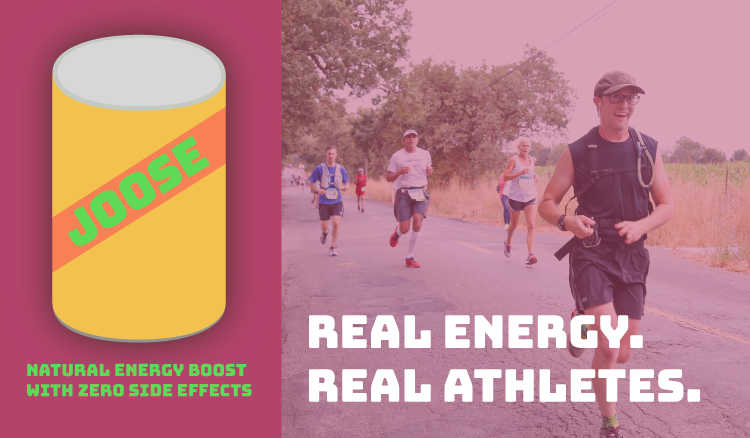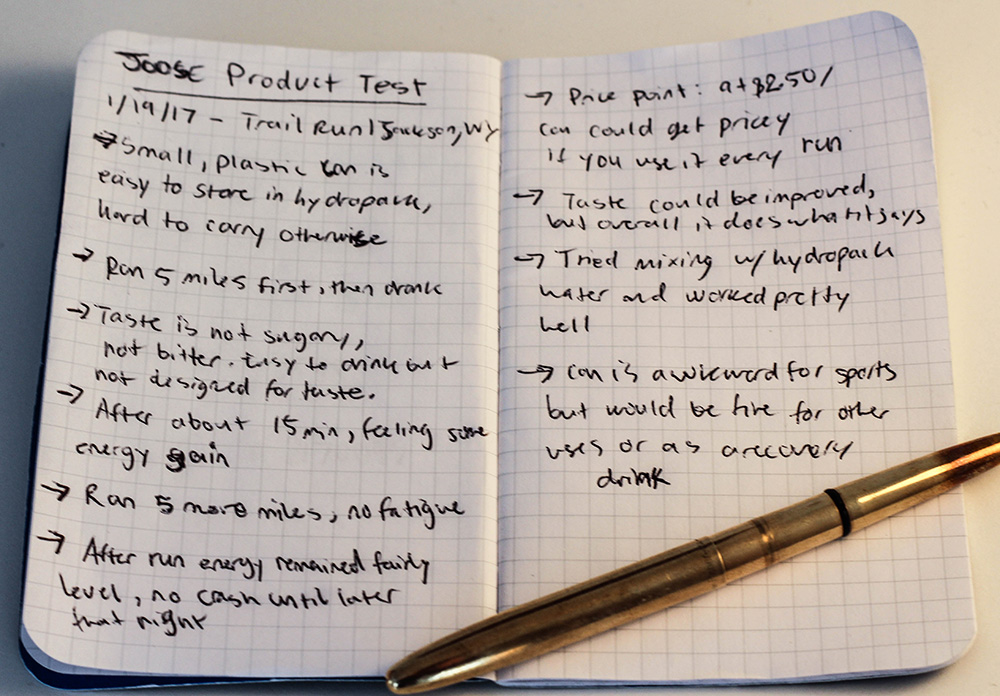**Check out our new commenting system and share your thoughts on what makes a great product review**
If you’re an affiliate marketer, you probably spend a lot of time writing reviews. The best product reviews come from the best process. For example, great product reviewers research the target audience of each product, test the product themselves, and deliver useful information for the target audience. This takes a lot of time, right? And it’s difficult. But the beauty of writing is that it thrives when you find the right process.
[clickToTweet tweet=”Learn how the best affiliate marketers write product reviews, here!” quote=”Share these tips on how to write the best product reviews!” theme=”style2″]
I’m going to walk you through a strategy for writing the best product review. In addition to improving the quality and SEO of your writing, this process will also save you time. How? By applying these techniques to your niche as an affiliate, you should only have to do the upfront work once. The rest is gravy on mashed potatoes.
Writing the Best Product Reviews Starts with Your Audience
Before you put fingers to keyboard, you need an audience. Research and create a character that represents your audience and aim your content at their interests.
Research the Target Audience
The first step? Research the target audience. Let’s look at this fake product, Joose.

It’s a healthy energy drink for athletes. According to Natural Products Insider, the target audience for energy drinks is males ages 18-34. Also, I looked at other energy drink companies–such as Red Bull and Monster–to confirm the audience and for inspiration.
In the research phase, get all the information you can about the audience. Look for academic research, industry websites and social media, and take as many notes as possible. Then, you can start your character sketch.
Creating a Character to Write To
This part is actually pretty fun, and let’s you flex some creative muscles. Using your research, create a character by listing these attributes:
- Age:
Shoot for something in the middle of the demographic. Let’s say 26. - Income:
$40,000/year is a good spot in the middle. - Occupation:
Industrial contractor. Something that is physical, which would draw athletes or people interested in sports. - Conflicts:
Not enough time and energy to play hard on the weekends. He works overtime a lot and is barely home before he hits the hay. He misses riding dirt bikes and playing pickup basketball. He makes up for it by running on the weekends. - Name:
If it helps you visualize, give your character a name. Let’s call this guy Ryan Everly.
Creating a character helps you visualize who your product review is for.
Test the Product Yourself In a Relevant Situation
Once you know your product and your character, it’s time to test. But the key is to make it relevant for your audience. For example, don’t test the energy drink on a long haul truck drive when your audience is all about trail running. That’s an obvious example, but the point is: if they don’t see the value on their terms, they’re not going to buy it.
Also, you have to set your review apart from the competition. Jake Ferguson at Gear Junkie, a website dedicated to comprehensive gear reviews, always asks the question “How are we going to add to the existing conversation?” Gear Junkie has some of the best product reviews I’ve ever seen, and it shows in their process. As Jake points out, “We want to break the news on outdoor gear but if we’re not the first to talk about something we find an angle that is unique and doesn’t just regurgitate what’s already out there.”
So it’s about finding the conversation that appeals to your audience. And it’s also about, in Jake’s words, “figuring out how our readers will use a product and testing it in that environment. A $75 jacket isn’t going to keep you warm in temperatures below zero. On the same note, you don’t need a $600 jacket to keep you warm from your car to your office. We’ll write more focused reviews like ‘Best Jacket For Backcountry Skiing’ to give it context.”
So go out and do something inspiring and exciting. Make it less about the product, and more about the experience–the story. But also make sure it is part of the conversation your audience is having about the product, and use it the way your readers would.
Let’s say I went for a trail run in Jackson, WY to test Joose. I take detailed notes throughout, using a waterproof notebook and pen.

As you can see in my notes, I’m being honest. If the taste wasn’t very good, I say so. Try to look at the product objectively. The scientific method is a useful tool for being authentic and objective. Here’s how I’d use it for a product review.
- Ask a relevant question about the product. e.g. Does it provide energy quickly and without a crash?
- Form a hypothesis around the value of the product. e.g. Because this energy drink is natural, it will not cause the crash that sugary, mainstream energy drinks cause.
- Test your hypothesis in a relevant situation. e.g. I used Joose as a boost halfway through a ten mile run.
- Record your observations. Jot down anything and everything you notice that’s relevant to your hypothesis.
- Analyze the results and draft your report. This part is where the product review comes together.
Using this method ensures that you provide useful information for your audience. Plus, the information you provide will be objective because you tested the product in a real situation without bias.
Gear Junkie uses a very similar process. “We like to test a brand’s claim on a product. If they label it as indestructible we’re going to throw it off a bridge, run it over with a car, and toss it in the lake. Then we’ll write an honest review on our findings.” As you can see, Jake is basically following the scientific method to get an honest opinion about the product–he doesn’t just take the brand’s word for it.
Present Your Findings In a Relatable Way
You have everything you need to write the best product review. Now how do you ship it?
What is a product review but a form of education? And research has proven that everyone has their own unique learning style. So that means your presentation has to provide a variety of perspectives to be successful.
Draw Them In
First draw your audience in with an effective headline and an inspiring image. Here’s mine for Joose.
Review of Joose Energy Drink: Can it Get You Up the Mountain and Back Down?

Provide a Summary of Your Review
To keep your readers interested–and give them the key takeaway–write a short summary of your review. For example:
Joose provides a clean energy boost, but lacks in taste. Packaging makes it hard to use during some sports.
Along with your summary, it’s not a bad idea to provide ratings of the critical functions of the product, too. For instance:
Energy Boost
Taste
Side Effects
Price
That way, you’ve provided a quick written and visual summary of your review. Now, you can get into more detail.
Tell the Story
Those who make it past your summary and ratings are savvy consumers who want to know the details. You want to put them in your shoes and tell the story of how you tested the product. These basic storytelling techniques are the way to do it.
- You need a character. e.g. The reviewer.
- There needs to be a setting. e.g. Where you did it and what was going on.
- Establish a conflict. e.g. Does this product work?
- And there needs to be a resolution of the conflict. e.g. How did it work?
Follow these guidelines and try to make the conflict relatable to your audience. For example, see my review below, and how it relates to our character’s conflict (Ryan Everly works too much and is too tired to play).
My Review of Joose
I headed out for a ten mile run on the trail in Jackson, WY with nothing but my hydropack and two cans of Joose. I was pretty tired from working late the night before. The cold air bit my lungs and I knew it would be a hard push at this elevation. I decided to run until I felt pretty drained before testing the Joose.
At about five miles, after several steep climbs, I pulled over for a boost. I grabbed a can of Joose and drank it down in a couple gulps. The taste was similar to an Odwala, but slightly more bitter and watered down. I spilled some on my shirt and I noticed it wasn’t all sticky like a lot of drinks or goo, which is nice.
I continued my run after a stretch and didn’t notice anything for about 15 minutes. But right around there, I felt it kick in, and felt more energized than when I started. I was able to pull harder on the hills, and finish the run with an average pace of 8:30, even though I was beat from the work week.
When I got back to my car, I felt like I still had a lot left in me, and through the drive home I felt great. Later in the evening, I felt crash coming on. I felt the crash much later in the day, which is a lot better than my experience with most sugary energy drinks.
Overall Joose is a good option for workouts, despite the taste. It can be hard to transport in can form on runs or bike rides. But I also tried mixing it with water in my hydropack and that worked out nicely. I recommend this product as a great alternative to sugary energy drinks.
Follow Your Process
By identifying your target audience, creating a character, using the scientific method to test, and applying storytelling techniques, you can create the best product review and drive more sales. The way to make this efficient is to nail down a process for your audiences. Once you have a solid process, just rinse and repeat!
We will be following up with more techniques on making a killer presentation of your review soon. For now, share your thoughts or ideas, or if you have another process that works great!
